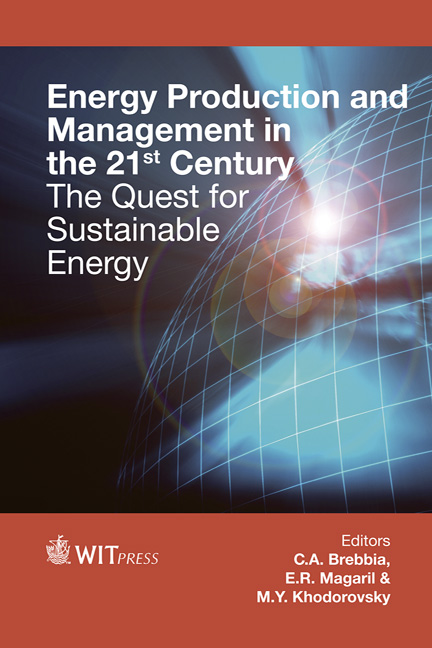Reducing Digger Energy Consumption By Improving The Walking Mechanism
Price
Free (open access)
Transaction
Volume
190
Pages
8
Page Range
543 - 550
Published
2014
Size
473 kb
Paper DOI
10.2495/EQ140521
Copyright
WIT Press
Author(s)
S. Lyaptsev, N. Stepanova & N. Suslov
Abstract
To evaluate the energy to move the excavator body, we calculated the effort involved in the hydraulic cylinders of the walking mechanism. Unlike man, \“pacing” the excavator is on a \“drawing”, in which the housing pulls the excavator walking mechanism in the direction of the reference points. As a result, the kinematic and dynamic study of the process of pacing is reduced to the analysis of speeds and loads for the simplest of mechanisms, known since ancient times as the slider-crank mechanism. Analysis of the motion of this mechanism can be carried out by conventional (calculated for one position) or by modern analytical methods. Modern methods of analytical studies of the mechanisms permit a computer calculation of the full cycle of movement of the excavator in a single step and to evaluate the stresses produced in the hydraulic cylinders. A variety of design solutions based on different positions of the connecting joints is recorded during the test set kinematics and, accordingly, an amount in the results is obtained. Power movement by one step excavator is theoretically estimated as the amount of work the forces acting on the mechanism during this step undertake. A design that corresponds to the minimum energy consumption should be considered optimal for this type of walking mechanism. The authors of this paper analyzed the performing over thirty different types of mechanisms of pacing. Recommendations for optimizing their designs are formulated for each of these, which not only reduces the power consumption excavator, but also reduces its price. Keywords: excavator, walking mechanism, hydraulic cylinder, speed, acceleration, force, energy consumption.
Keywords
excavator, walking mechanism, hydraulic cylinder, speed, acceleration, force, energy consumption.





